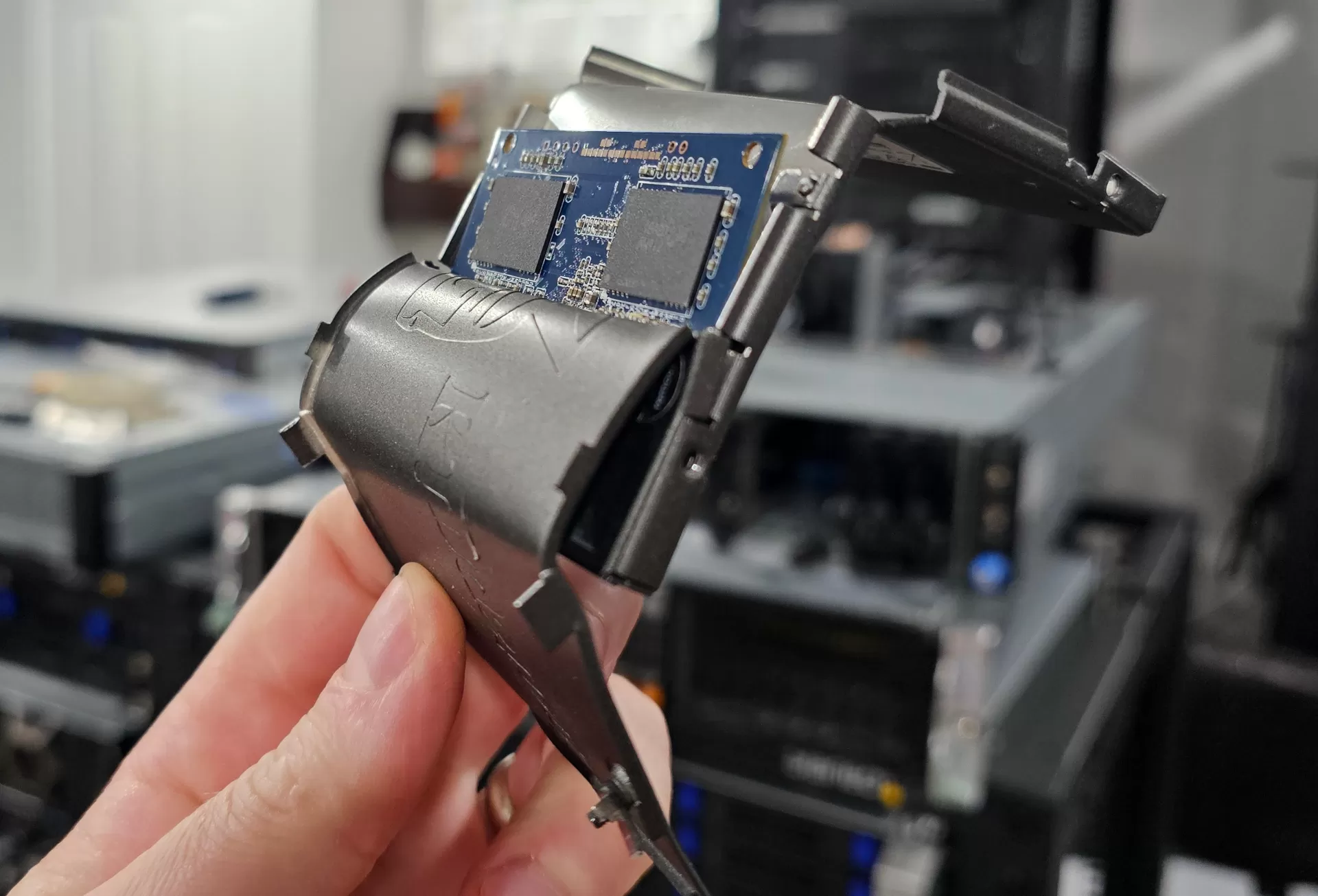Initially the bug report was shot down by systemd developer Luca Boccassi of Microsoft with:
So an option that is literally documented as saying “all files and directories created by a tmpfiles.d/ entry will be deleted”, that you knew nothing about, sounded like a “good idea”? Did you even go and look what tmpfiles.d entries you had beforehand?
Maybe don’t just run random commands that you know nothing about, while ignoring what the documentation tells you? Just a thought eh"
Good devs, good product, I’m really excited about our shitty, shitty future.



I mean that argument is ridiculous, saying that things are “documented” when the thing is literally called tmpfiles.d and the man page starts with the following explanation:
So basically some genius decided that its a good idea to reuse this system for creating non-tmp directories. Overall my opinion of systemd is reluctant acceptance though I always wondered why the old way was a problem. Need a service started on boot? Well, we had crontab and sysvinit with some plain files. Need a service shut down? Well that’s the kill command. I guess I don’t really know why systemd was made
Exactly.
My take is that the issue isn’t with tmpfiles.d, but rather the decision to use it for creating home directories.
It is shown by non-systemd distros that systemd doesn’t really solve problems for desktop usage. When you switch away, not much changes basically. I sometimes hear that it is a different story on servers.
Wonder what their usages are, especially in a container-focused context, where most containers simply don’t have an init, and the base system just needs, at most, to have a container runtime (+/- a few other things, see: talos linux and their 130MB bare-metal ISOs).